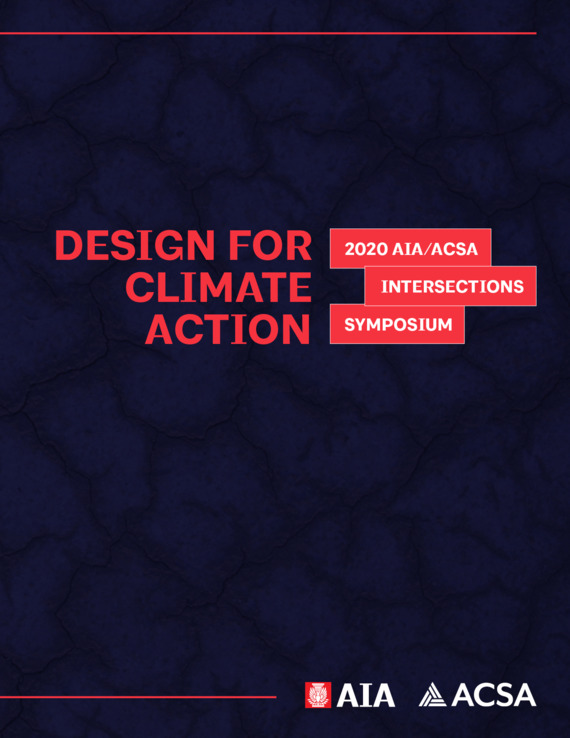Author(s): Jeffrey E. Huber
Over the next 100 years, nothing will radically change thecoastal built environment more than climate change and sea level rise. The coastal zone is home to some of our country’s most valuable ecological and socio-economic assets. Many of these locations are being demonstrably transformed dueto large-scale human and biophysical processes. The result is a potential loss of myriad ecosystem services such as storm protection, wildlife habitat, recreation and aesthetics, among others. Policy and design solutions are not truly consideringthe necessary transformation that will be required to live and work within a saturated coastal environment. The old paradigm of flood management and control will need tochange from prevention to acceptance and population will decline as businesses and individuals decide the costs are too high. The need for developing a long-term urban design and planning framework that adapts to these effects is critical. More specifically, there is a need for a “systems” approach that utilizes urban design and takes into consideration infrastructure impacts, future investments, and insurability of risk as long-term objectives to address potential impacts from both coastal flooding and rising sea levels, while at the same time guiding communities’ future land use and investment plans.
https://doi.org/10.35483/ACSA.AIA.Inter.20.6
Volume Editors
Phoebe Crisman & Kyle Konis
ISBN
978-1-944214-32-6

 Study Architecture
Study Architecture  ProPEL
ProPEL 
